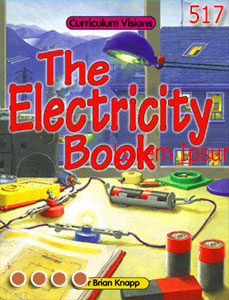• The books below cover the ground needed for each statutory requirement.
• If you need guidance on how to teach the topic, take the academy course by clicking the 'Lessons' icon. (Also suited to parent use.)
• Remember you can enhance this by using our safe search. For example, search voltage, current, switch.
• Also remember each book has its own search, top right immediately above the page.
• For teacher guides and more visit the academy links (teachers only).
Year 4 has the following 5 themes. This page is about Electricity.
2. Teeth, digestion and food chains
5. Electricity (this page; scroll down)
5. Electricity
• (a)
identify common appliances that run on electricity
It is assumed that this part of the work will take very little time, but that it might be a good place to talk about generating power using renewables and also how many more things are running on batteries or low voltage mains (USB, 5V supplies) and how you can find 5V supplies in most new home wall sockets as well as traditional 230V supplies. It would also be worth emphasising that adults should, in general, plug in and pull out appliances.
Textbooks and academy to use. The main textbook is 4F Simple electricity, but as students vary widely in how they understand electricity we have added simpler and more advanced books at each stage:
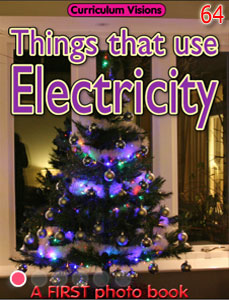 Very basic as a quick introduction. |
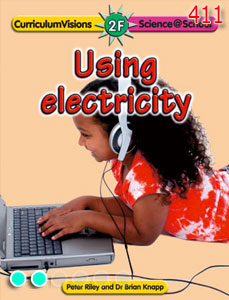 Simple, in case you need to underpin. |
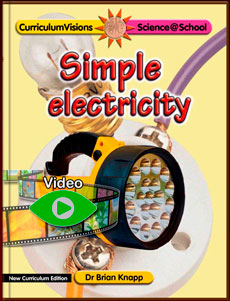
The main textbook. 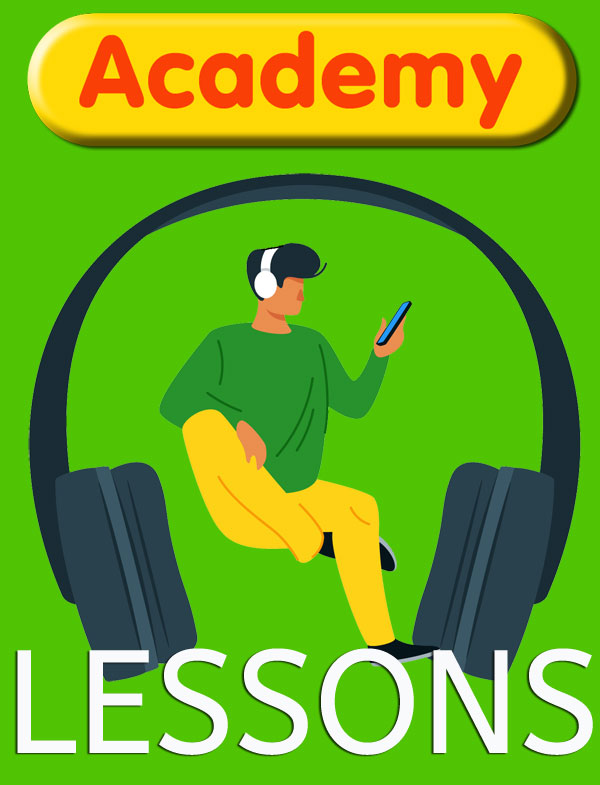
|
|
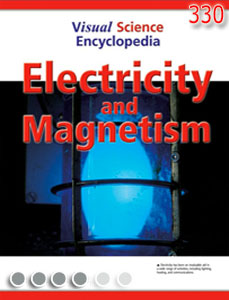 Advanced reference. topic890ElectromagnetsCover |
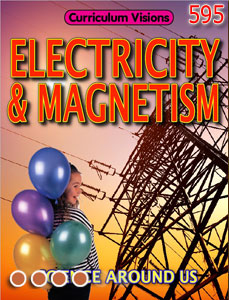 Reader. |
• (b) construct a simple series electrical circuit, identifying and naming its basic parts, including cells, wires, bulbs, switches and buzzers
Textbooks and academy to use:
• (c) identify whether or not a lamp will light in a simple series circuit, based on whether or not the lamp is part of a complete loop with a battery (textbook pages 8-13).
• recognise that a switch opens and closes a circuit and associate this with whether or not a lamp lights in a simple series circuit (textbook page 14).
• recognise some common conductors and insulators, and associate metals with being good conductors (textbook page 22).



